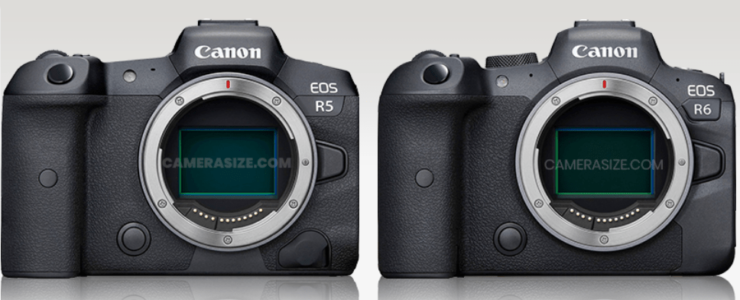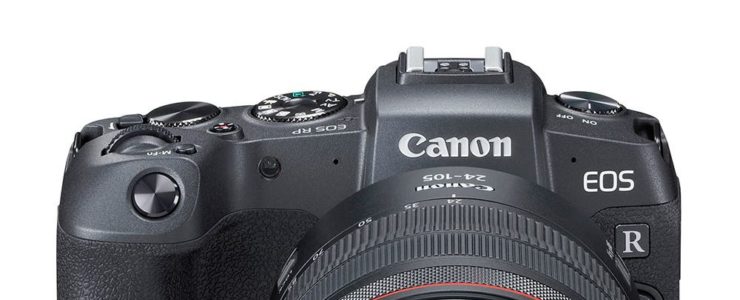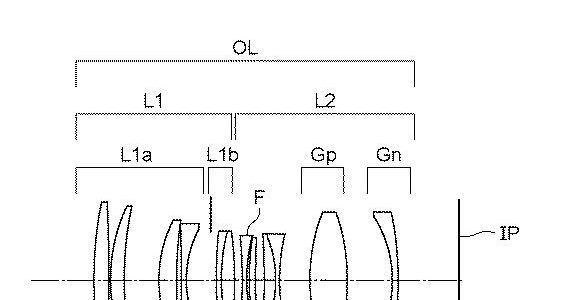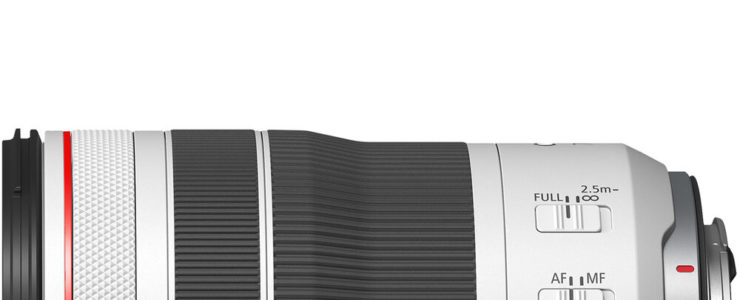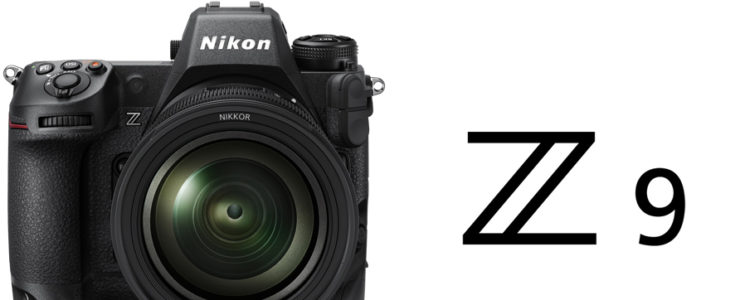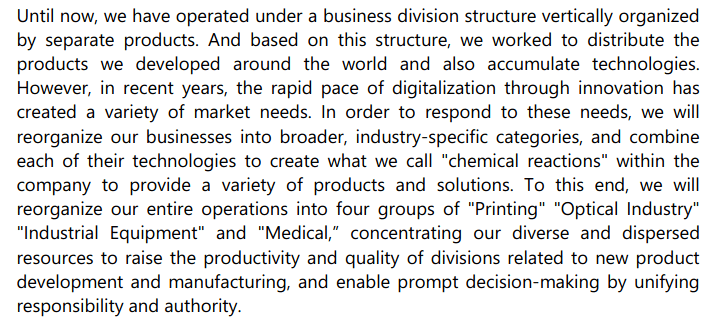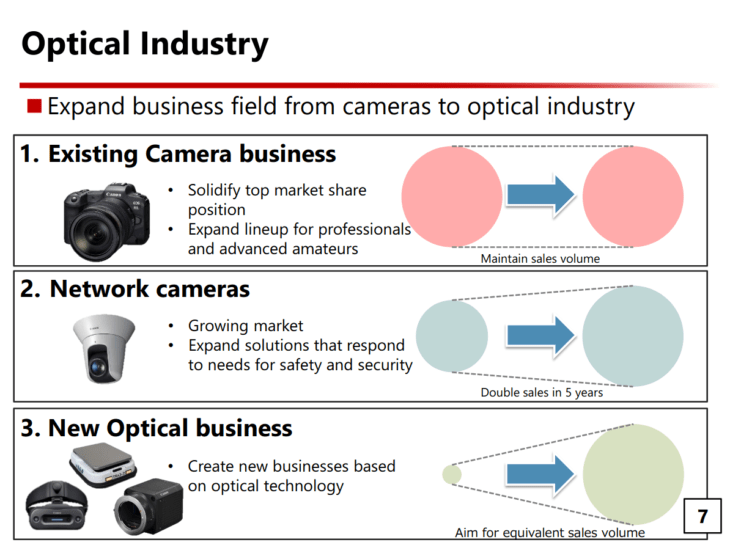Here is a new Canon RF 70-200mm f/4L IS review. The Canon RF 70-200mm f/4L IS is getting quite popular with people on budget, or simply trying to safe some bucks.
At a glance:
- RF-Mount Lens/Full-Frame Format
- Aperture Range: f/4 to f/32
- Four Ultra-Low Dispersion Elements
- Air Sphere and Fluorine Coatings
- Dual Nano USM AF System
- Optical Image Stabilizer
- Customizable Control Ring
- Weather-Sealed Construction
Dustin Abbott posted his exhaustive Canon RF 70-200mm f/4L IS review. From his conclusion:
The Canon RF 70-200mm F4L IS USM is a winner. It is incredibly compact, which opens up a whole new way to use the lens and a whole new market of those who wouldn’t mind the premium optics, build, and autofocus of an L series telephoto, but who were unwilling to deal with the bulk and weight of such a lens. But Canon also has not compromised on the autofocus or image quality performance of this lens […]
The only area to criticize in this new design is that you have to give up the use of teleconverters, which is unfortunate when one considers that the amazing focus systems of the EOS R bodies (particularly the R5 and R6 at the moment) theoretically should make using TCs more seamless than ever before. This is a lens that must be used solely as the bare lens, though one could enable the 1.6x crop on a camera like the EOS R5 if you wanted more crop in camera.
[…] Autofocus performance is excellent. I really like Canon’s Nano USM tech, as it delivers fast, quiet, smooth, and accurate autofocus results. The image stabilizer is also effective even with a higher megapixel body like my EOS R5. I appreciate the solid image quality as well. But what really sets the RF 70-200 F4L apart is the incredibly compact, lightweight nature of the lens that will allow you to treat it like a 24-105mm F4 lens for transport and storage. Read Dustin Abbott’s review here…
As usual Dustin’s reviews come with a huge set of sample pictures, comparison charts, and all the information you might want to know. Dustin’s reviews are what I look for when I am about to purchase new gear. And for those who prefer to watch their reviews, Dustin Abbott provides a comprehensive video-review.
For those in a hurry there is also a shorter version of the video review:
More Canon RF 70-200mm f/4L IS review stuff is listed here.
Canon RF 70-200mm f/4L IS:
America: B&H Photo, Adorama, Amazon USA, Amazon Canada, Canon Canada, Canon USA
Europe & UK: Amazon DE, Amazon UK, Amazon IT, Canon IT, WEX Photographic, Canon FR, Canon UK, Canon DE
Canon RF 70-200mm f/4L IS description after the break.

